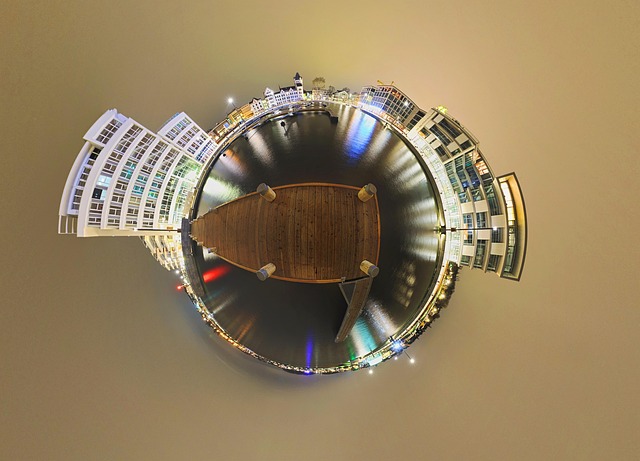In the world of visual storytelling, 360-degree photography emerges as a fascinating medium that captures life in a more immersive and dynamic way. At its core, this unique technique allows photographers and viewers alike to explore a canvas that bursts with layers of depth and detail, creating an enveloping experience. Imagine standing in a picturesque landscape where every angle reveals a story, every detail beckons exploration, and every moment is frozen in time. This is the allure of 360-degree photography.
To understand the magic behind this powerful technique, one must start with the fundamentals of photography. Traditional photography captures a single moment in a two-dimensional frame, often limiting the viewer’s perspective. However, 360-degree photography invites you to step beyond those borders. Using specialized cameras and advanced optics, photographers can capture the environment around them, spanning a full horizon. These cameras use multiple lenses and sensors to compile a sphere of images into one cohesive shot, making it feel as if you’re standing right in the center of the action.
The artistry involved in photo composition for 360-degree photography lies in its layers. Each layer interacts with the others—foreground elements frame the scene while backgrounds envelop it, creating a delightful complexity. This interplay not only enhances the aesthetic value but also invites the viewer to participate actively, as they navigate through the imagery to uncover hidden gems tucked away in corners of the frame. Capturing such intricate details requires a keen eye and a depth of understanding in optics, making this form of photography a true testament to the skill and creativity of the photographer.
When venturing into the realm of 360-degree photography, choosing the right camera plays a pivotal role. There’s a plethora of options available, from consumer-friendly models to professional-grade equipment. The best cameras for this purpose utilize stitching technology to blend images seamlessly, ensuring high-resolution output that captures the vibrancy of life. It’s not just about the hardware; an understanding of lighting, composition, and environmental factors plays a significant role in producing stunning visuals.
Beyond the technicalities, the emotional resonance of 360-degree photography is what draws many to this art form. It allows individuals to explore spaces that may be inaccessible, offering a digital passport to distant lands or intimate moments that can be revisited with ease. Whether it’s a breathtaking mountain vista or a bustling city street, the layers of experience documented through this lens transcend simple observation, transforming it into an invitation to engage, explore, and feel.
As you delve deeper into the world of 360-degree photography, remember that each click of the shutter is an opportunity to tell a story layered with emotion, perspective, and discovery. This form of photography is not merely about capturing an image, but about encapsulating experiences and inviting viewers into a place where they can feel as if they are right there beside you, marveling at the wonder of the moment.



